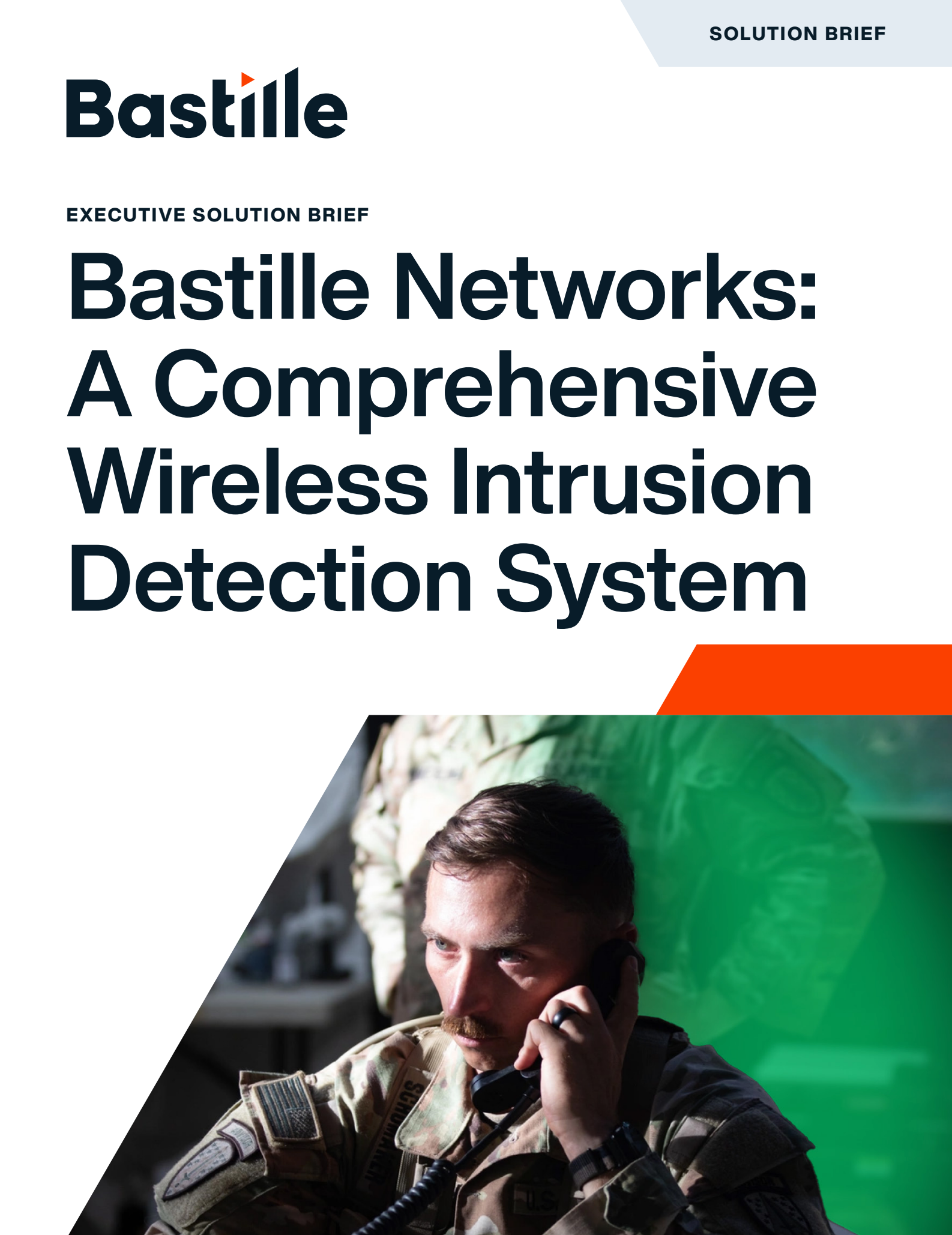
Network security has traditionally focused on controlling everything at the switch level, a method effective for wired networks but increasingly inadequate for today’s wireless-centric environments. As workplaces evolve, organizations must recognize and address the unique challenges posed by wireless devices and networks, moving beyond conventional methods, such as traditional Network Access Control (NAC), and incorporating wireless security solutions to enhance overall security.
NAC and Switch-Level Security Limitations for Wireless
Traditional NAC and switch-level security solutions effectively manage wired connections, where endpoints are physically connected and can easily authenticate. Switches only operate on wired networks, as there is no such thing as a “wireless switch”; therefore, switch-level security is less effective in mixed wired/wireless environments. NAC typically enforces network access based on policies at wired entry points, but it cannot effectively manage wireless threats. Wireless devices, such as IoT sensors, BYOD (Bring Your Own Device), and unmanaged endpoints, operate wirelessly, bypassing physical constraints and authentication checkpoints traditionally managed by NAC.
Wireless signals from protocols such as Wi-Fi, cellular, Bluetooth, and IoT standards travel freely through open spaces, circumventing the security provided by physical switch ports or traditional NAC-based policies. Traditional NAC solutions often lack detailed visibility to differentiate authorized wireless devices from unauthorized ones in dynamic wireless environments, thereby increasing the risk of infiltration through unknown or unauthorized endpoints. Modern wireless devices often employ randomized MAC addresses, which further complicates device identification and management.
Example: A corporate office uses a traditional NAC to control wired network access; however, unauthorized Internet of Things (IoT) sensors or Bluetooth-enabled peripherals installed by employees connect wirelessly, bypassing the NAC entirely. These devices remain undetected without specialized wireless security solutions, creating potential vulnerabilities.
Unique wireless threats
Wireless threats fundamentally differ from wired threats due to distinct methods of attack, detection challenges, and their use of various wireless protocols:
- Rogue Wi-Fi Access Points: Unauthorized Wi-Fi devices within organizational premises can bypass traditional NAC or switch-level controls, creating backdoors into corporate networks.
- Example: An attacker deploys a rogue Wi-Fi hotspot in an office lobby to conduct a Man-in-the-Middle (MitM) attack, intercepting employee data and compromising credentials.
- Unauthorized Cellular Devices: Unsecured cellular devices and modems connecting directly to external networks can bypass corporate security policies.
- Example: Employees use personal cellular hotspots for convenience, inadvertently exposing corporate devices to external threats.
- Bluetooth Vulnerabilities: Attackers can exploit Bluetooth devices through attacks such as BLURtooth, BIAS, and InjectaBLE, allowing them to compromise authorized connections, read and modify data, and conduct Man-in-the-Middle (MitM) attacks.
- Example: An attacker exploits Bluetooth vulnerabilities in wireless keyboards or headsets, gaining unauthorized access to devices connected to corporate computers.
- Shadow IT and IoT Protocols: Users can deploy unauthorized IoT devices or sensors using lesser-known protocols, such as Zigbee, without proper security oversight.
- Example: A department independently deploys smart lighting using a wireless IoT protocol without informing IT, unintentionally creating vulnerabilities that attackers can exploit.
- Wireless Eavesdropping and Interception: Attackers can intercept sensitive data transmitted wirelessly via unsecured Wi-Fi, Bluetooth, or cellular networks.
- Example: An attacker captures confidential information from a poorly secured Wi-Fi or Bluetooth communication channel, leading to potential breaches of sensitive corporate data.
- Randomized MAC Addresses: Devices often randomize their MAC addresses for privacy, which complicates network identification and behavior tracking.
- Example: Employee personal devices that regularly change MAC addresses make it challenging for IT teams to monitor network activities or identify suspicious behavior.
Wireless NAC: Capabilities and Weaknesses
Wireless NAC addresses some limitations of traditional NAC by providing enhanced visibility, authentication, and policy enforcement specifically for wireless devices. It ensures that devices connecting to wireless networks comply with security policies and have appropriate access. However, Wireless NAC has notable weaknesses, including limited detection capabilities outside predefined policy rules and vulnerability to wireless threats, such as rogue access points or unauthorized devices operating on non-Wi-Fi protocols. Due to their narrow focus primarily on Wi-Fi, wireless NAC solutions may struggle to detect sophisticated attacks involving cellular, Bluetooth, or IoT devices. They also face difficulties in accurately tracking devices using randomized MAC addresses, which creates potential visibility gaps in wireless security.
Adopting specialized wireless security solutions: Introducing Bastille
Effectively addressing wireless security threats requires specialized solutions complementing traditional NAC, wireless NAC, and switch-level security. Bastille Networks, a leading provider of wireless security solutions, offers comprehensive visibility into Wi-Fi, cellular, Bluetooth, and IoT radio frequency (RF) spectra. Bastille provides 100% passive monitoring, enabling continuous real-time detection of unauthorized activities without disrupting network operations.
Bastille’s advanced wireless security solutions analyze real-time RF spectrum data from 100 MHz to 7.125 GHz, identifying rogue Wi-Fi access points, unauthorized cellular and Bluetooth devices, abnormal data patterns, and suspicious behaviors. These systems differentiate legitimate signals from malicious ones, providing granular insights unavailable from traditional wired security approaches alone. Bastille’s capabilities also help manage the complexities introduced by randomized MAC addresses, enabling the identification of new MAC addresses for investigation and providing robust threat assessments.
Example: Bastille identifies a rogue cellular modem discreetly installed in a corporate office, immediately providing detection and forensic data to the SIEM, which alerts security teams, enabling rapid threat mitigation and preventing potential data exfiltration.
Final thoughts
Organizations relying solely on NAC and switch-level security remain vulnerable in today’s multi-protocol wireless landscape. By integrating specialized wireless security solutions, such as those offered by Bastille, into traditional frameworks, organizations can proactively address the full spectrum of wireless threats across Wi-Fi, cellular, Bluetooth, and IoT protocols. Enhanced visibility, dedicated monitoring, and advanced detection capabilities ensure comprehensive security and robust protection against modern wireless vulnerabilities.



